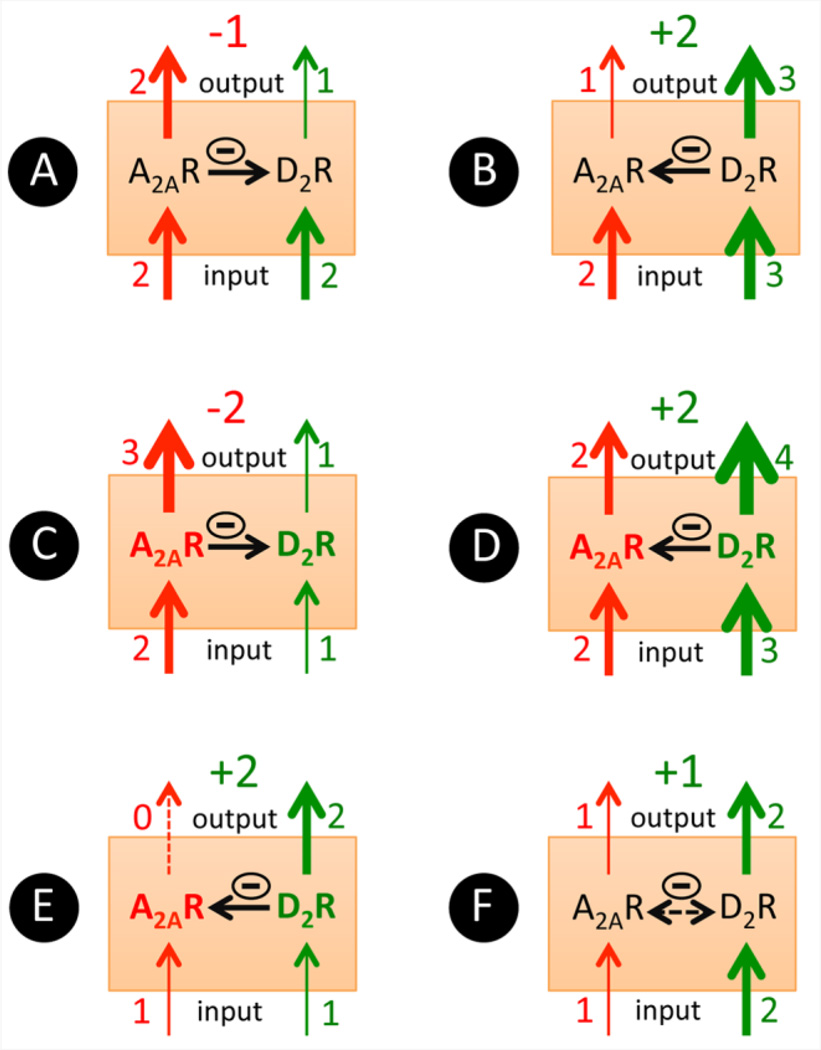Figure 1. Model of the striatal A2A-D2 receptor heteromer as a main mechanism for the psychomotor and reinforcing effects of psychostimulants.
The relative thickness (and close number) of the red and green input arrows represents the degree of activation of the A2A receptor (A2AR) and the D2 receptor (D2R) that depends on the concentration of the corresponding neurotransmitter or exogenous ligands. Bold and colored A2AR and D2R represent dopamine denervation-induced up-regulated receptors. The thickness (and close number) of the red and green output arrows represent the intensity of A2A and D2 receptor signaling, respectively, which depends on the input signal for each receptor, on the sensitivity of each receptor (basal or up-regulated) and on the predominance of antagonistic allosteric and adenylyl-cyclase A2A-D2 receptor interactions (represented by horizontal arrows with a minus enclosed sign; in E, the broken line with double arrowhead indicates weak and non-predominant interactions). Predominant psychomotor activation or depression will result when subtraction of the A2A receptor signaling from the D2 receptor signaling gives a positive (also in green) or negative (also in red) result, respectively. A, resting condition; B, presence of rewarding stimulus or after administration of a direct or indirect dopamine receptor agonist without dopamine depletion; C, dopamine depletion; D, administration of a direct dopamine receptor agonist with dopamine depletion; E, administration of caffeine or and A2A receptor antagonist with dopamine depletion; F, administration of caffeine or and A2A receptor antagonist without dopamine depletion (see text).

